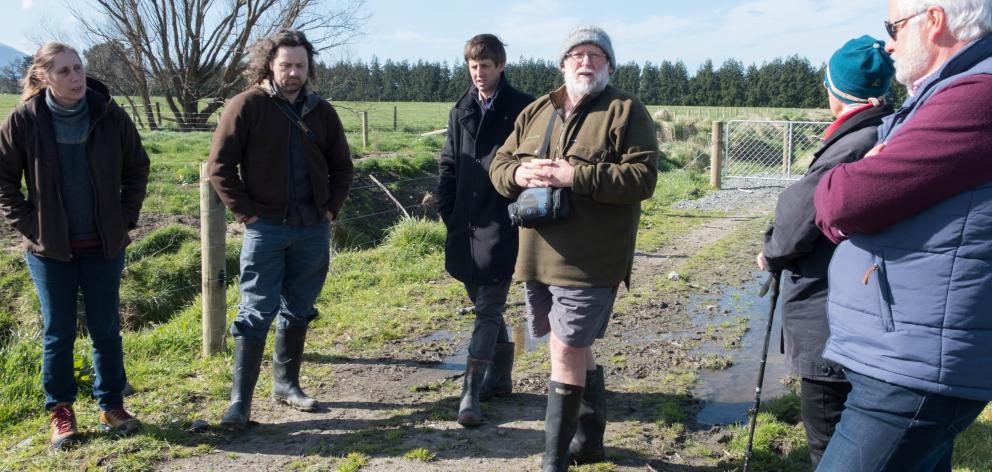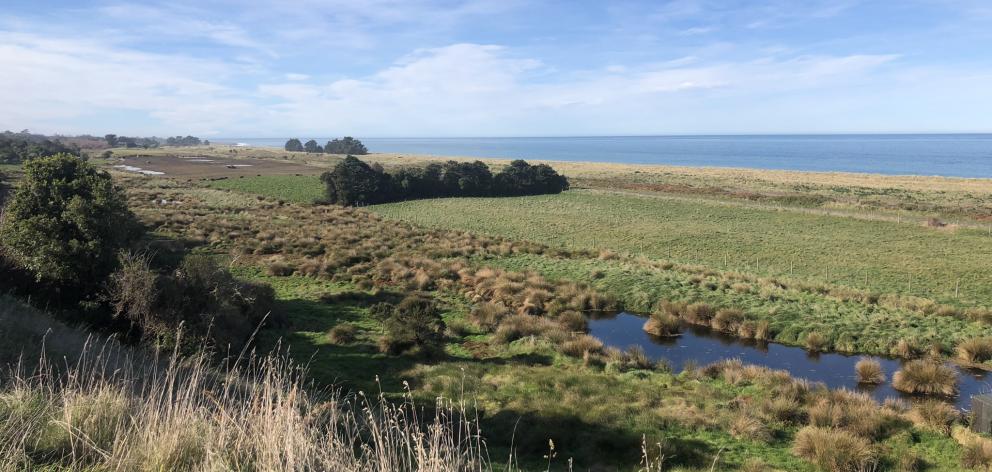
Through collaboration between the local community, Environment Canterbury (ECan) and the Kaikoura Zone Committee, the Nagari wetland is becoming a template for wetland restoration on private land.
Landowner Barb Wood-Mackle has transformed an area of unproductive, boggy land into an ‘‘ecological haven’’, at the same time creating a space which contributes to improving water quality in the catchment.
ECan Kaikoura manager Kevin Heays said the Nagari wetland was a “cracking good” example of how farmers were making huge impacts on local waterways, improving water quality and increasing biodiversity.
Recently a group of 12 ECan staff and Hurunui-Waiau Zone Committee members made their way to Kaikoura to see how landowners, with community collaboration, national funding and multi-agency involvement, could create spaces that enabled biodiversity to flourish.

It was now developing into one of the most significant natural wetlands in the district, covering around 7ha of land in two areas along Warrens Creek.
ECan project delivery officer Heath Melville said with 900 sedges, 40 kahikatea and 950 tree, shrub and flax species planted, Nagari would be an “ecological haven” for plant, bird, animal and aquatic life.
“Some freshwater crayfish [koura] and pied stilt have even been spotted there.
‘‘It is the least modified wetland area in the Lyell Creek catchment and there are huge benefits for the water quality of the creek in protecting it.’’
As water flowed though the wetland, vegetation filtered and stored nitrates and other nutrients which in turn improved water quality downstream.
‘‘By having wetlands like Nagari further upstream and other initiatives nearer to where the creek meets the sea, we are providing multiple opportunities for nature to carry out its normal functions while increasing freshwater quality throughout the catchment.”
Mr Heays said Nagari and Kaikoura’s other major wetland project, Hapuku Scarp Wetland, showed that when done well, wetlands were creating opportunities for recreation, enjoyment and education, while also promoting the importance of protecting our native species and wider environment.
‘‘It’s important to take the community along with us on the journey and let them see what a little bit of dirt and shovelling can do for our waterways.”













